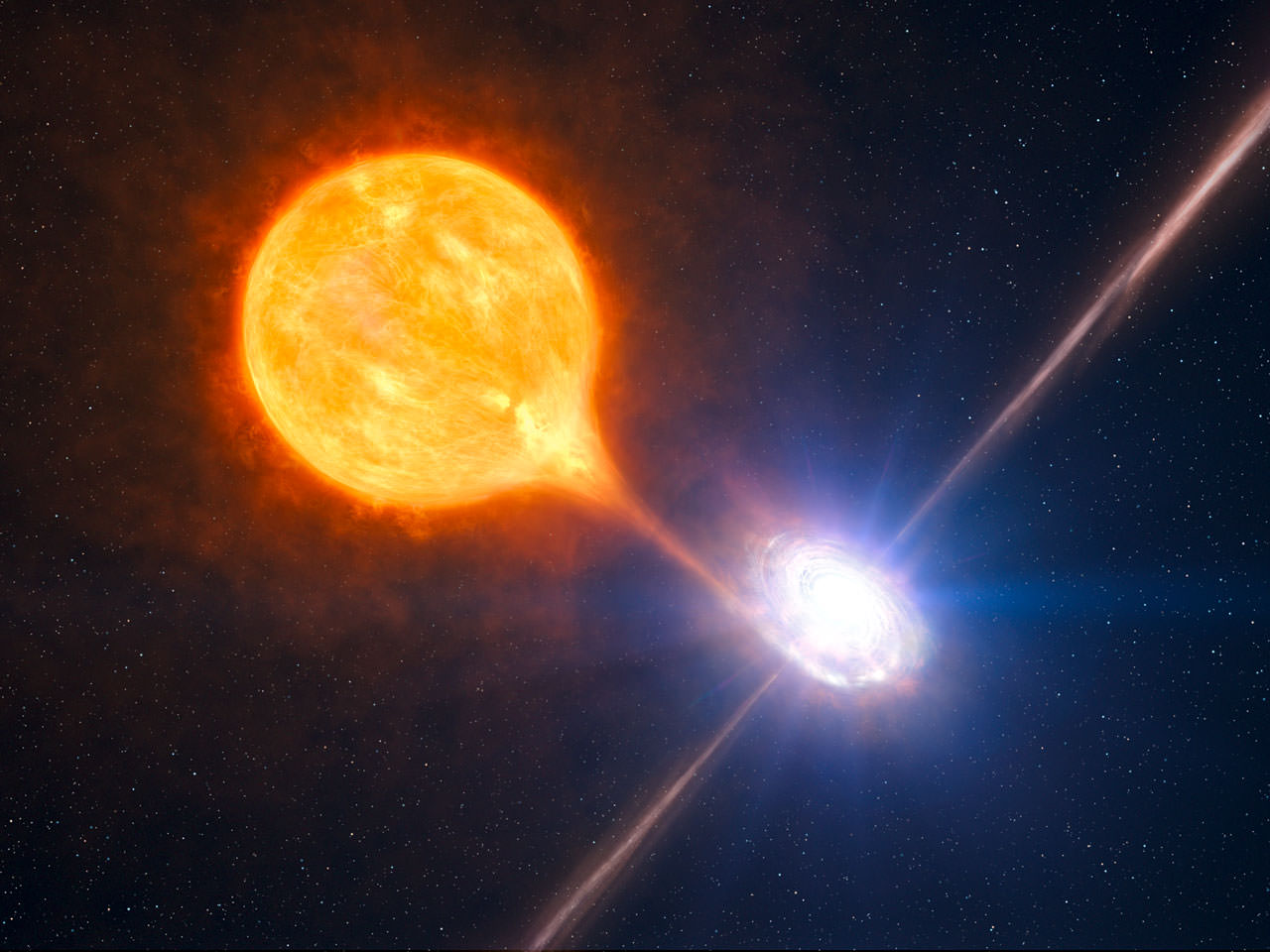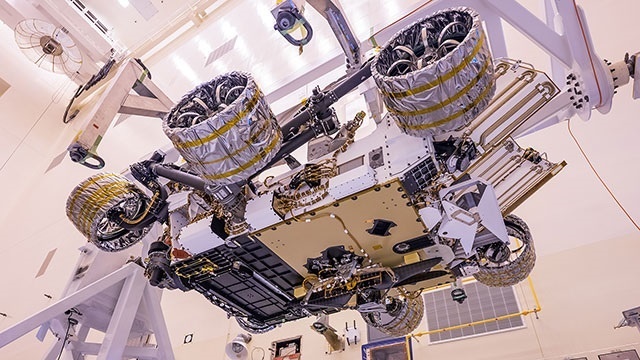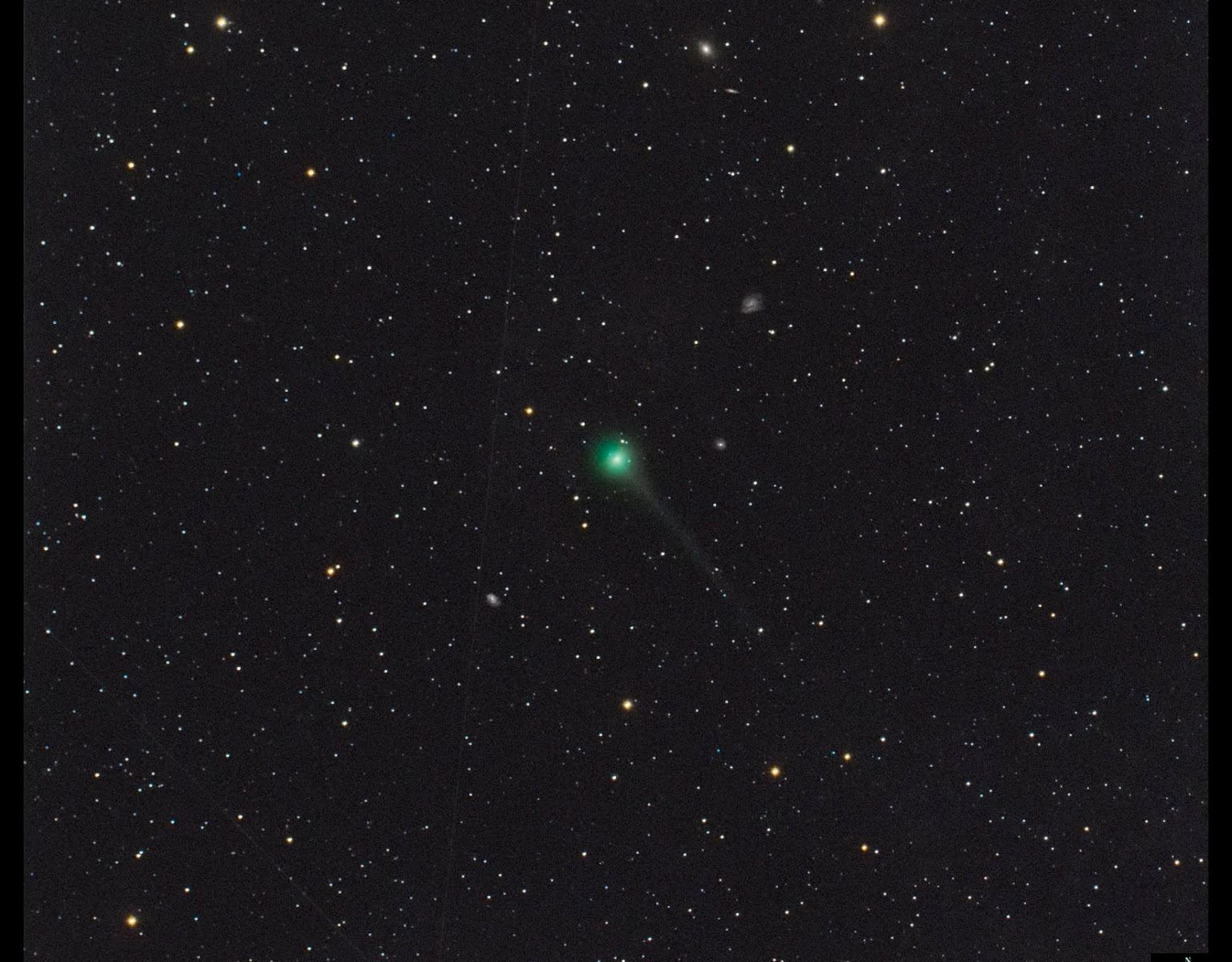To date, astronomers have confirmed the existence of 4,144 extrasolar planets in 3,074 systems, with a further 5,094 candidates awaiting confirmation. The majority of these planets were found by the Kepler Space Telescope, which spent nine years (between May of 2009 and February of 2018) monitoring distant stars for transit signals – where a planet passing in front of a star causes a dip in brightness.
And yet, even though it is now defunct, the data that Kepler accumulated over the years continues to lead to new discoveries. For instance, a transatlantic team of researchers recently found a signal in Kepler‘s archival data that eluded detection before. This signal indicates that there is a second planet orbiting Kepler-1649, an M-type red dwarf star located 302 light-years away.
Continue reading “An Earth-Sized World Orbiting in its Star’s Habitable Zone Was Found in Older Kepler Data”









